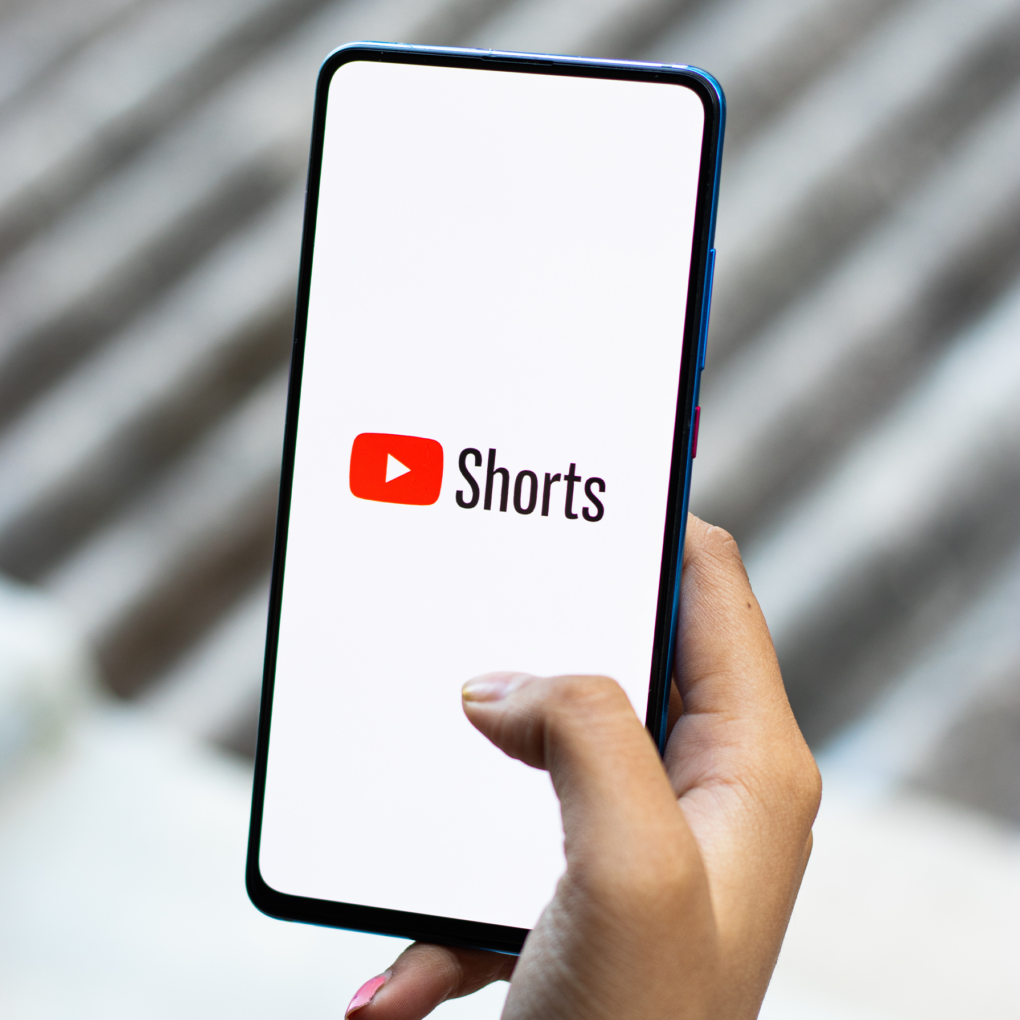Emojis are everywhere. They are now featured so prominently in mainstream culture that last year the Oxford English Dictionary had the laughing face emoji as its ‘word’ of 2015. This tells us all we need to know: emojis are not only regularly showing up alongside everyday text speak, they are replacing the words themselves. They are so evocative that a mere single graphic can encapsulate an individual’s entire response. And it’s not just millennials who love their powers of expression – baby boomers are getting in on the action too. With so many consumers speaking the language of emoji, you, as a marketer, need to be able to communicate to them effectively with this new-found language.
Using emojis will be useful for your brand if you are looking to connect with your audience online, especially if mobile marketing is an area that you want to really make your mark in. Emojis allow you to speak on your own terms, be it in your emails or in social media posts. Emoji-laden tweets garner much higher engagement levels, so this is something to think about if you are looking to up your social game but are not yet in the emoji know.
How brands should use them
First of all, learn their meanings. There’s no quicker way of having egg all over your digital face than if you convey the wrong tone with an emoji faux pas. Once you have the lingo down, start using them causally but only where appropriate. Look carefully at the context of your message. If it is a serious topic you are writing about then using emojis could come across as flippant or insincere and that’s the last thing that you want. You also want to think about your audience and the kind of emojis they use and in which particular sequences, this will allow you to create content that resonates effectively. Make sure you roll out A/B testing too, to make sure emojis will work for you.
How not to use them
Don’t go overboard, especially not when it comes to communicating with younger consumers – they will find your methods transparent and patronising. If you are making brand-specific emojis then try to go for something that is not attached to any one campaign and can be used over and over.
Brands with strong emoji game
Corona introduced the #RaiseSummer campaign using emojis. What these guys did was pretty innovative. They targeted Twitter users who used Summer emojis like sunglasses or beer glasses and then sent them a customised GIF that featured a bespoke Corona bottle emoji. They managed to detect all the users using a summer-themed emoji through Twitter’s newly unveiled emoji-targeting platform – and enhanced the campaign with paid media, too.
The WWF charity created an #EndangeredEmoji campaign on Twitter to raise awareness for endangered species. It featured the endangered species emojis that can be found in the emoji library. The campaign encouraged users who retweeted the WWF’s emoji tweets, to donate 10p every time they did so. The WWF knew that social media campaigns can help brands reach a wider audience and with this campaign in particular they wanted to reach younger people. The use of fun, light-hearted emojis allowed them to do exactly that.
So there is a time and a place for emojis. You want to build trust with your consumers and using emojis in a way that seems insincere will do the exact opposite. They are, though, part and parcel of digital communications in this day and age, so make sure you start using them to help you communicate effectively with your audience.








